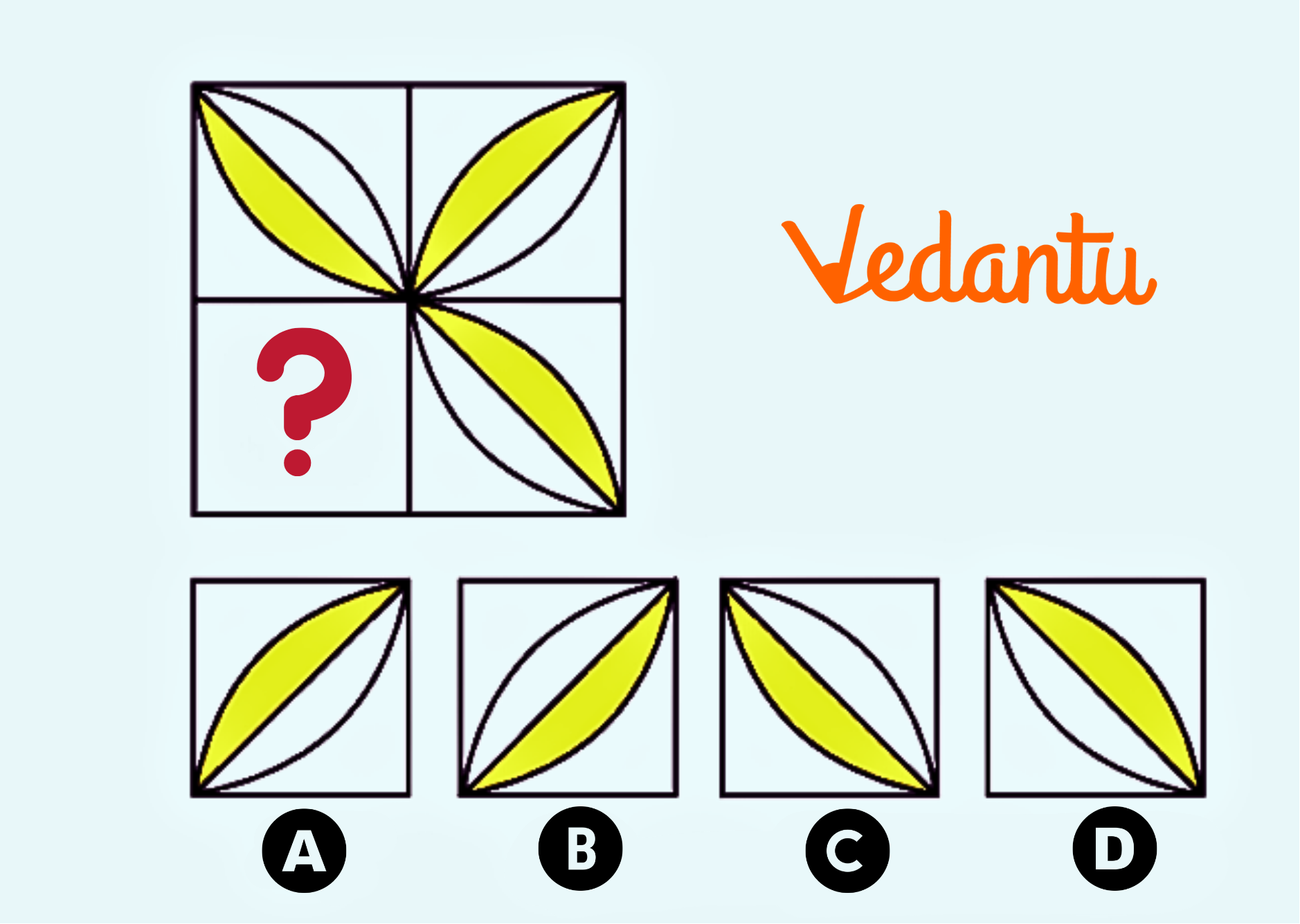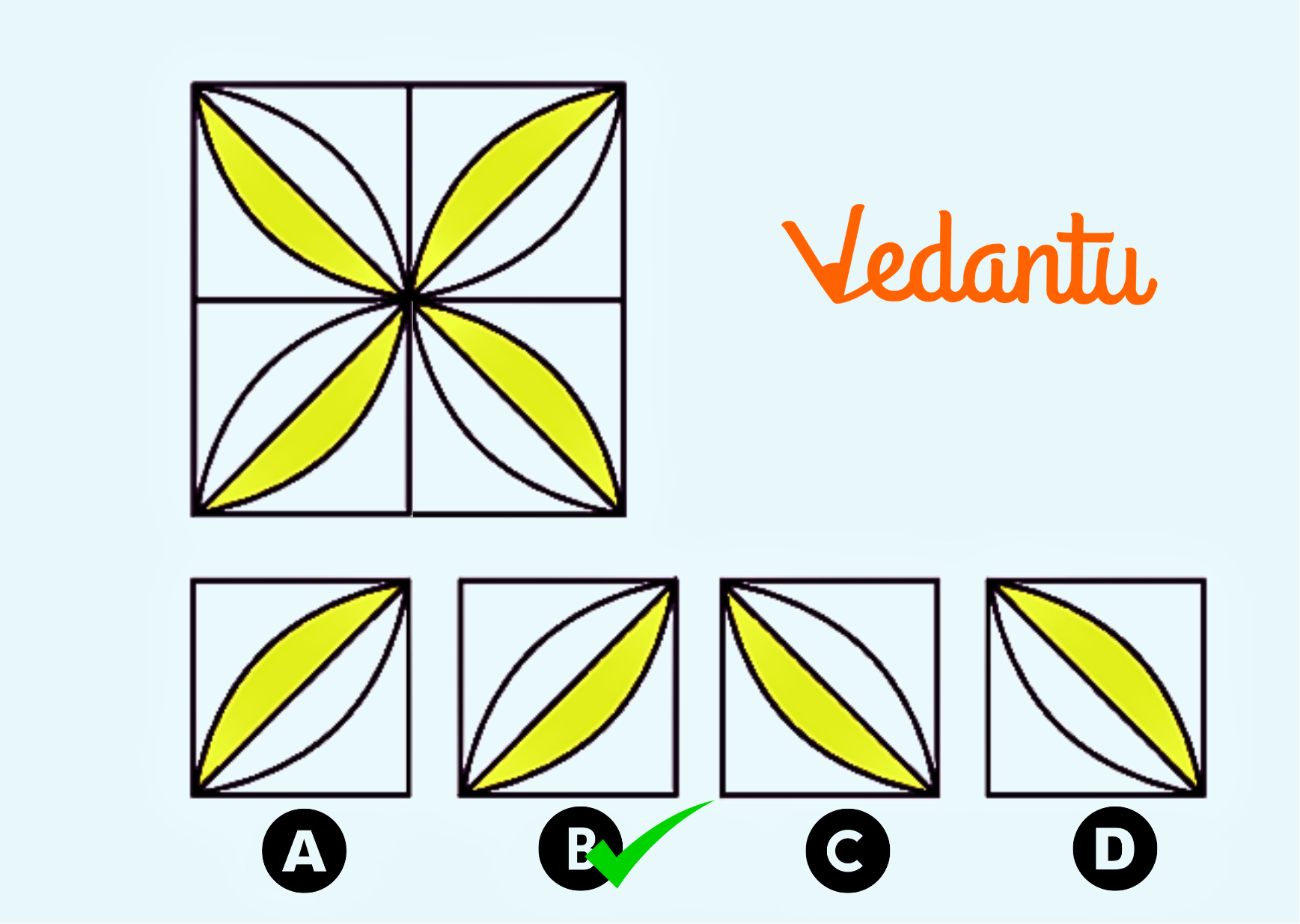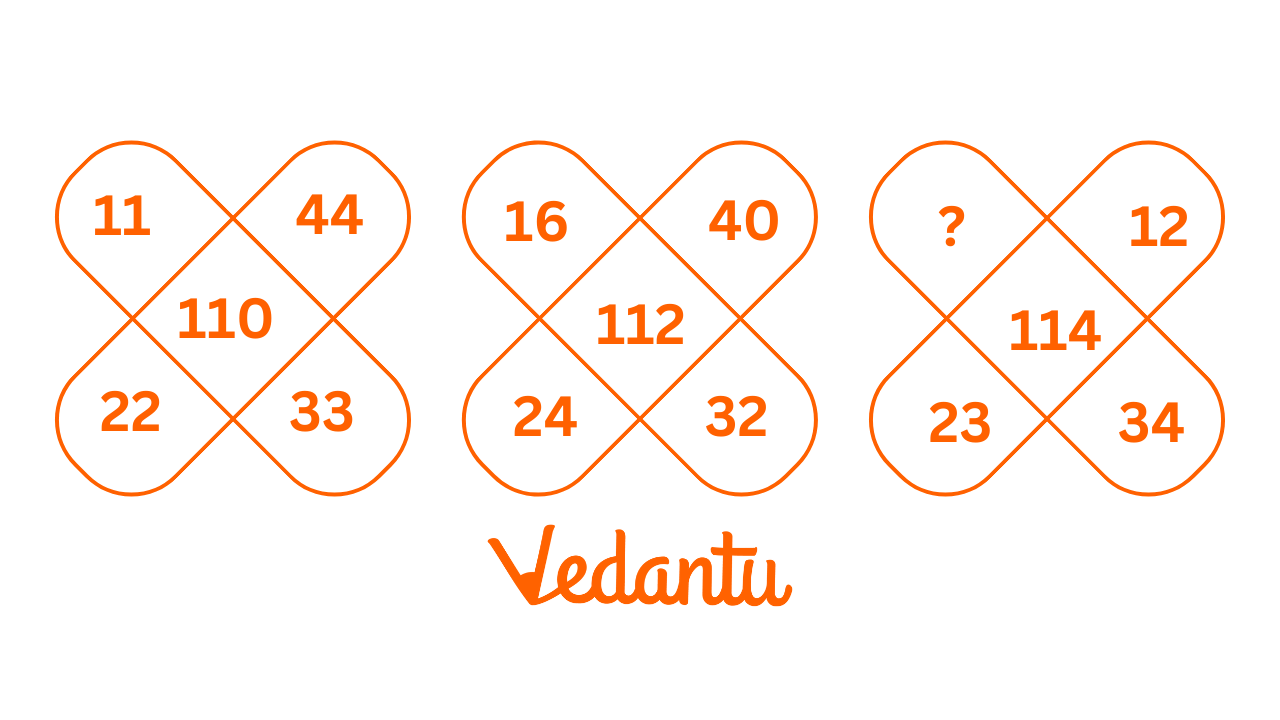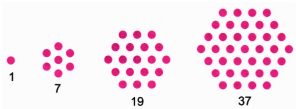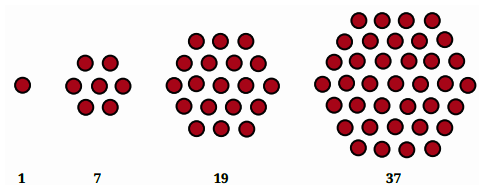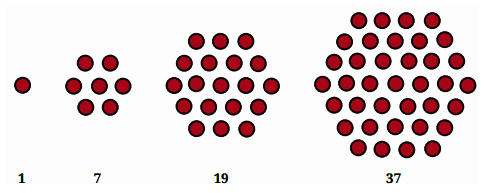Patterns in Mathematics Class 6 Extra Questions and Answers Free PDF Download
FAQs on CBSE Important Questions for Class 6 Maths Patterns in Mathematics - 2025-26
1. What are the most important topics to focus on in Class 6 Maths Chapter 1, Patterns in Mathematics, for the 2025-26 exams?
For the 2025-26 exams, students should focus on identifying and extending number patterns (like triangular and square numbers), understanding patterns in shapes involving rotation and repetition, and using basic rules to create their own patterns. Recognising patterns in addition and multiplication is also a key area.
2. What types of questions are typically asked from the Patterns in Mathematics chapter in Class 6 exams?
You can expect a mix of questions, including:
- Completing a given number or shape sequence.
- Identifying the rule that governs a pattern.
- Solving picture-based patterns.
- Questions involving patterns with odd/even numbers and multiples.
- Simple word problems where you need to identify an underlying pattern.
3. How can practising important questions for Chapter 1 help me score better in my Maths exam?
Practising a variety of important questions helps you quickly recognise different types of patterns during the exam. It improves your problem-solving speed and accuracy, and exposes you to Higher Order Thinking Skills (HOTS) questions, ensuring you are prepared for any question format as per the latest CBSE guidelines.
4. Are questions from 'Patterns in Mathematics' difficult to score in the Class 6 exam?
Generally, questions from this chapter are considered scoring and fall in the easy to moderate difficulty range. However, some HOTS questions might require you to identify a complex rule or a multi-step pattern. Consistent practice is the key to scoring full marks in this chapter.
5. Why is understanding patterns important beyond just this chapter in Class 6 Maths?
Understanding patterns is a fundamental mathematical skill. It forms the base for more advanced topics you will study later, such as algebraic expressions (where patterns are described by rules), sequences and series in higher classes, and even logical reasoning. It trains your brain to look for order and make predictions.
6. A question asks to find the next term in the sequence 1, 4, 9, 16, ... What is a common mistake students make?
A common mistake is to just look at the difference between consecutive terms (which is +3, +5, +7) and not recognise the underlying rule. While finding the next difference (+9) works, the core pattern is that these are square numbers (1², 2², 3², 4², ...). Recognising this fundamental rule is crucial for more complex questions and shows a deeper understanding.
7. How should I approach a question with a complex shape-based pattern that I don't immediately recognise?
For a complex shape pattern, break it down. First, observe the change in shape or elements from one step to the next. Second, check for any rotation (clockwise or anti-clockwise) or changes in position. Third, count the number of lines, dots, or shapes in each step to see if there's a numerical pattern hidden within the visual one.
8. Can we create different patterns from the same starting numbers, like 2 and 4?
Absolutely. This is a great way to test your understanding. Starting with 2 and 4, you could create:
- An arithmetic pattern by adding 2 each time: 2, 4, 6, 8, ...
- A geometric pattern by multiplying by 2 each time: 2, 4, 8, 16, ...
- A repeating pattern: 2, 4, 2, 4, ...



















